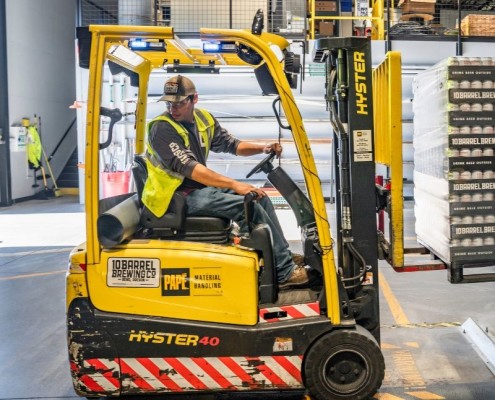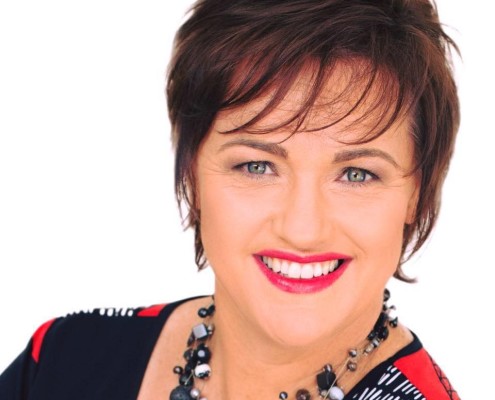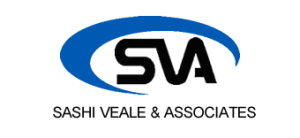
Instant Asset Write-off Changes
/
0 Comments
The recent changes to the Instant Asset Write-off have complicated…

Gauging the strength of your business
The end of financial year is only a few months away and as specialist…

Eliminate bill shock in 3 easy steps
We all have those big bills that seem to come around quickly,…

Congratulations to our client & friend, Jen Harwood
We are so excited for our client and friend, Jen Harwood. Earlier…

ATO clarifies GST withholding steps for new residential properties and subdivisions
From 1 July 2018, anyone purchasing a new residential property…

Downsizing your home? Changes you need to know
Since 1 July 2018, the ‘Contributing the proceeds of downsizing…

How Australian’s will be spending this Christmas
🎄 Aussies will collectively spend $25 billion this Christmas…

Four easy ways to shape up your finances before summer
Getting financially fit doesn’t have to be hard slog. Follow…

Don’t settle for simmering super!
Superannuation may be a long-term investment strategy but that…
